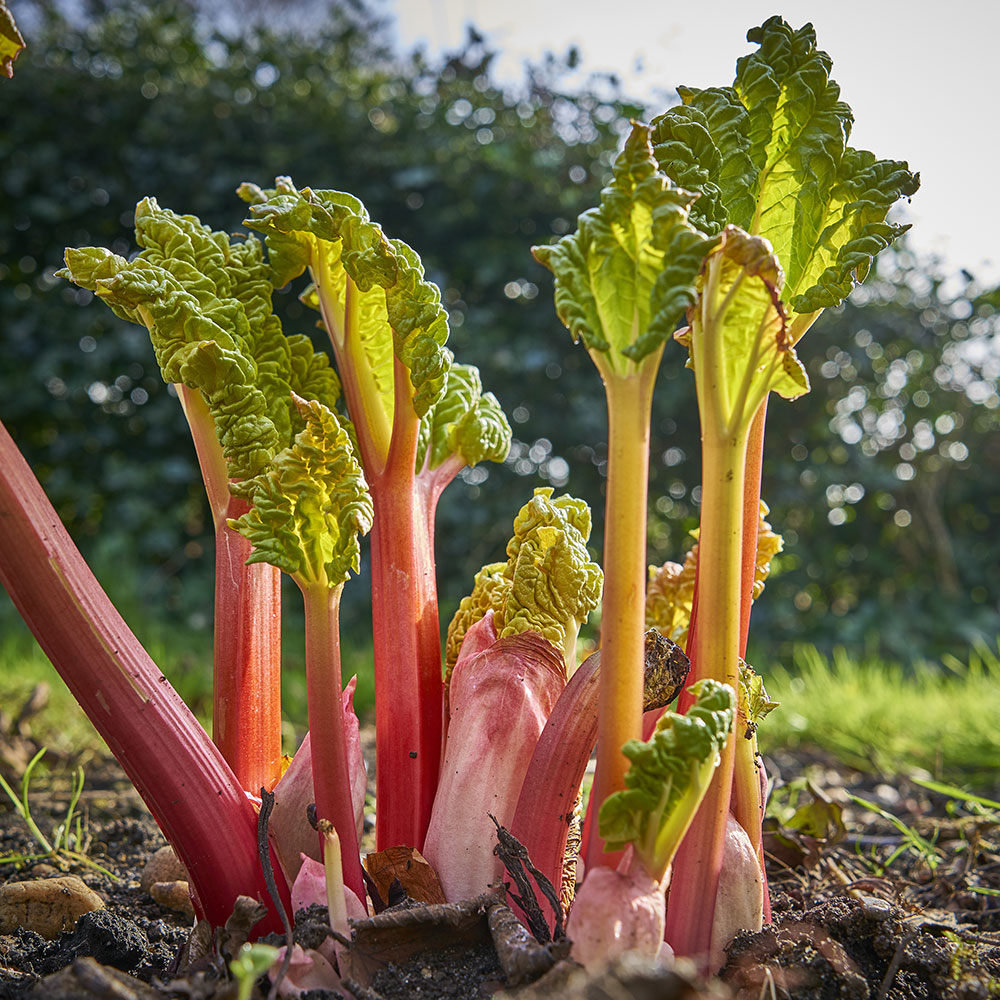The Rhubarb plant: A Tart and Tangy Tale
Rhubarb, with its vibrant stalks and tart flavor, is a unique and versatile plant that has captivated gardeners and cooks for centuries. While often perceived as a fruit, rhubarb is technically a vegetable, belonging to the Polygonaceae family, which also includes buckwheat and dock. This intriguing plant boasts a rich history, fascinating botanical characteristics, and a surprising array of culinary uses.
A Journey Through Time: The History of Rhubarb
The origins of rhubarb can be traced back to Asia, where it has been cultivated for medicinal purposes for thousands of years. Ancient Chinese texts dating back to 2700 BC mention rhubarb as a valuable medicinal herb. It was believed to possess a wide range of therapeutic properties, including the ability to cool the blood, regulate digestion, and treat various ailments.

Rhubarb’s journey to Europe began in the 16th century, when it was introduced as a medicinal herb. However, it wasn’t until the 18th century that Europeans began to cultivate rhubarb for its edible stalks. The English, particularly, embraced rhubarb, and it quickly became a popular ingredient in pies, jams, and other sweet treats.
By the 19th century, rhubarb had made its way to North America, where it thrived in the cooler climates. It soon became a staple in American gardens and kitchens, particularly in the northeastern and midwestern regions.
Understanding the Rhubarb Plant: Botanical Characteristics
Rhubarb is a perennial plant that grows from a thick, fleshy root system. It typically forms a clump of large, heart-shaped leaves with prominent veins. However, it’s important to note that rhubarb leaves are toxic and should never be consumed. They contain high levels of oxalic acid, which can cause severe health problems.

The edible portion of the rhubarb plant is the stalk, which can vary in color from pale green to deep red depending on the variety. The stalks are typically harvested in the spring and early summer, when they are most tender and flavorful.
Cultivating Rhubarb: A Gardener’s Guide
Growing rhubarb can be a rewarding experience for home gardeners. Here are some key considerations for successful rhubarb cultivation:
Rhubarb thrives in cool climates with ample sunlight.
Before planting, amend the soil with compost or well-rotted manure to improve its fertility and drainage.
Rhubarb crowns are typically available for purchase from garden centers or nurseries.
Watering: Water the plants deeply and regularly, especially during periods of drought.
Begin harvesting stalks in the spring, after the plants have established themselves.
Common Rhubarb Varieties
There are numerous rhubarb varieties available, each with its own unique characteristics:
Victoria: This is a classic variety with green stalks that turn red as they mature. It is known for its excellent flavor and productivity.
Culinary Uses of Rhubarb
Rhubarb’s tart flavor makes it a versatile ingredient in a wide range of culinary creations. Here are some popular ways to enjoy rhubarb:
Sweet Dishes:
Savory Dishes:
Health Benefits of Rhubarb
Rhubarb is not only delicious but also offers several potential health benefits:
Rich in Nutrients: Rhubarb is a good source of vitamins and minerals, including vitamin C, vitamin K, and potassium.
Rhubarb in Popular Culture
Rhubarb has played a significant role in popular culture throughout history. It has been featured in numerous books, poems, and songs. The phrase “rhubarb, rhubarb” is often used to describe the sound of rapid, unintelligible speech, inspired by the fictional sound effects used in old radio broadcasts of baseball games.
Conclusion
Rhubarb, with its unique flavor and versatility, remains a beloved plant for gardeners and cooks alike. From its ancient origins as a medicinal herb to its modern-day status as a culinary delight, rhubarb has captivated our senses and enriched our lives in countless ways. Whether you’re growing your own rhubarb in your garden or simply enjoying it in a delicious dessert, this tart and tangy plant is sure to leave a lasting impression.


